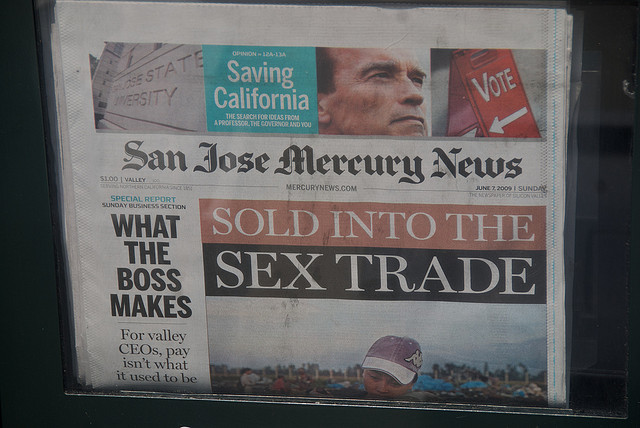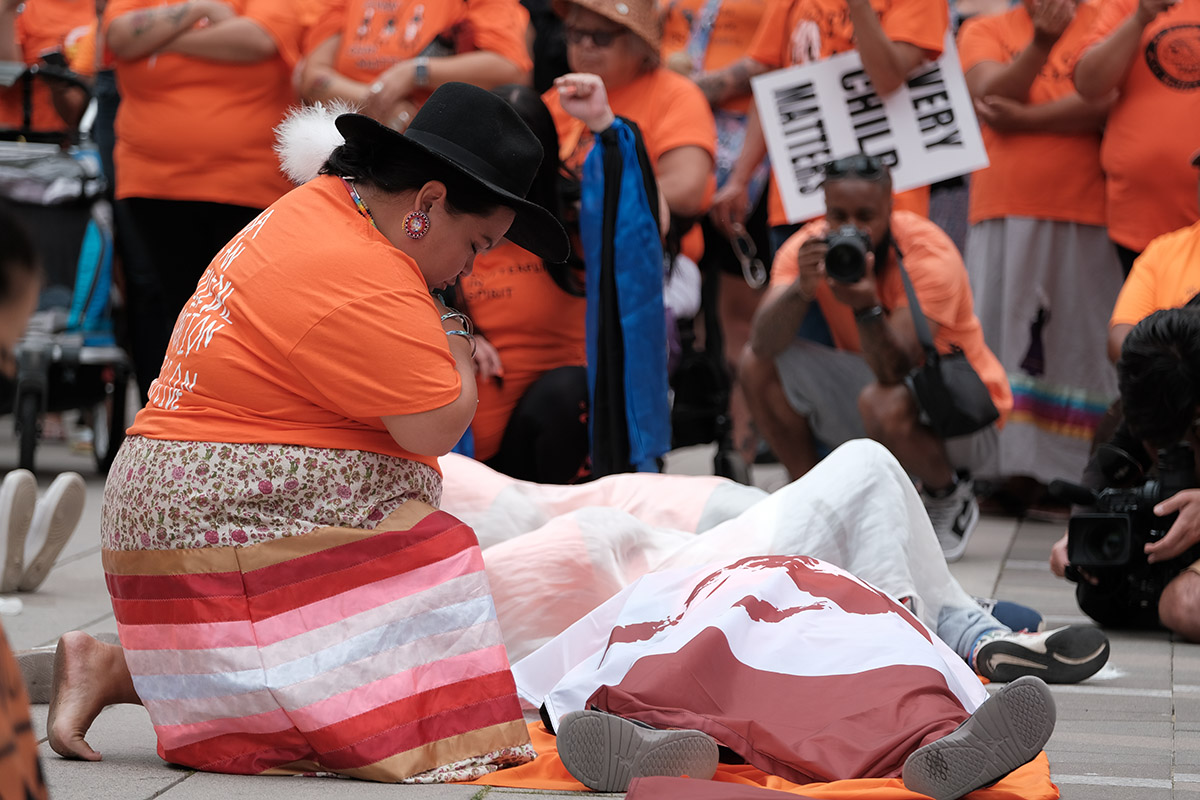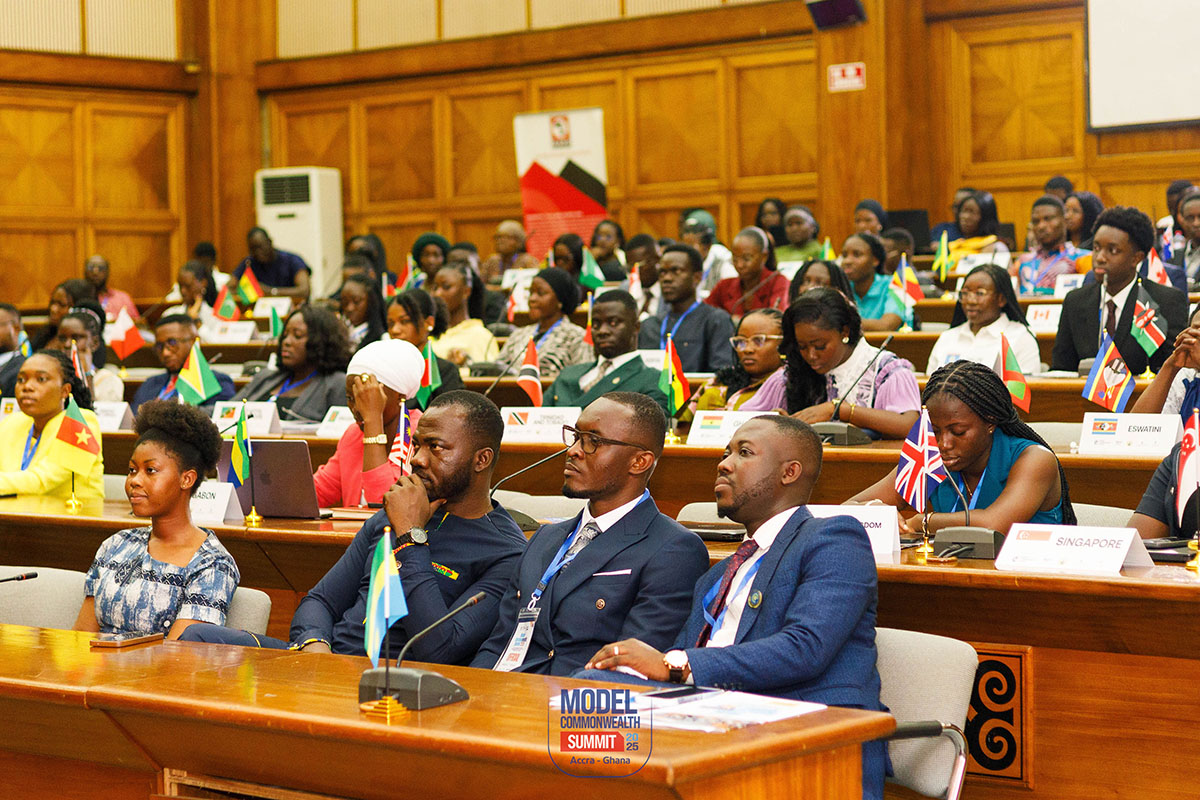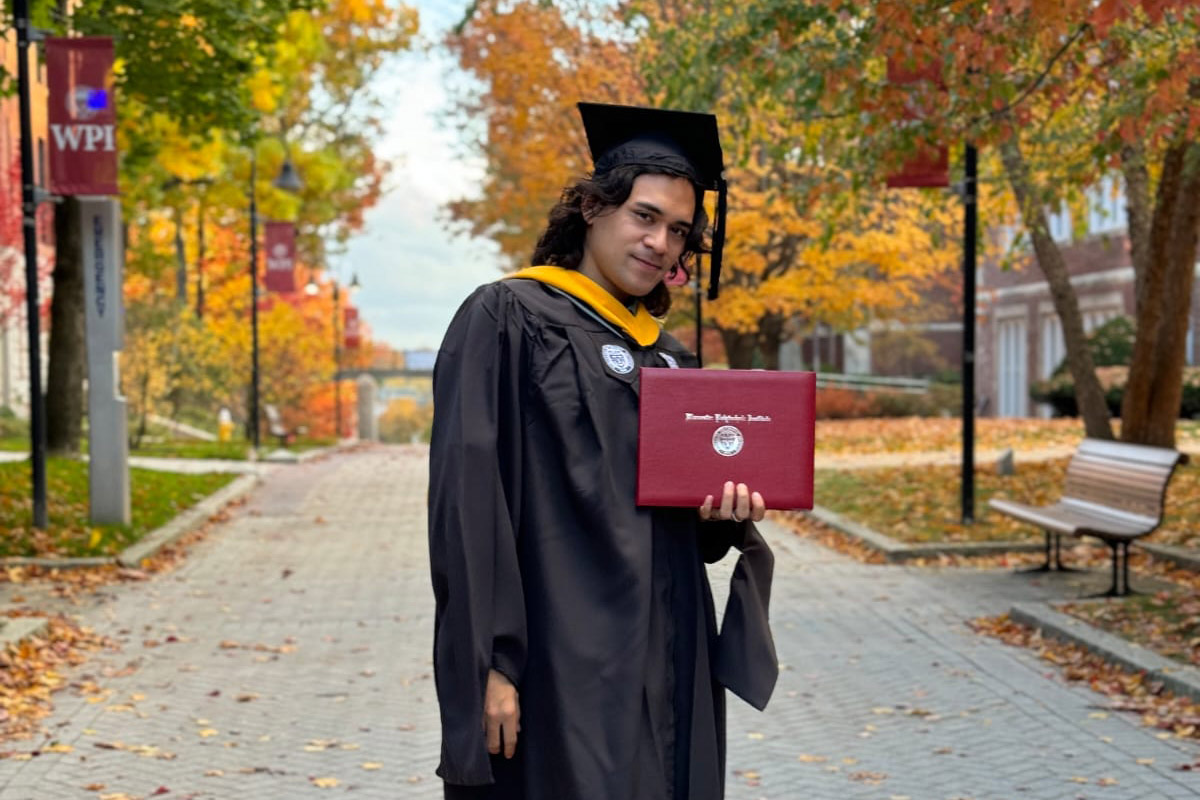"Trafficking threatens human rights of women"
October 9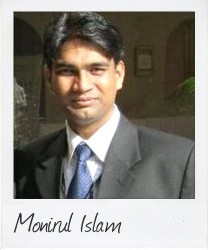 Human trafficking is an ongoing problem, but as Monirul Islam, 25, a Correspondent from Dhaka in Bangladesh, examines the causes he proposes potential solutions and a call for prevention.
Human trafficking is an ongoing problem, but as Monirul Islam, 25, a Correspondent from Dhaka in Bangladesh, examines the causes he proposes potential solutions and a call for prevention.
Trafficking of women and children is a great concern for Bangladesh in recent times. It creates many problems for the victims, who suffer from physical and mental abuse like rape, health problems including HIV/AIDS, threats against self and even death.
Trafficked women and children face various societal problems in re-integration and rehabilitation to their caste and family. Moreover, their families also go through an emotional roller coaster of hope and despair and waiting for news that might never come. Trafficking is a heinous violation of human rights. It clearly violates rights to life, freedom and dignity. This trend has been alarming in the recent years in Bangladesh, as many women are trafficked to other countries every year, every week; even every day.
It is really difficult to say exactly how many women and children are trafficked annually as this is basically a hidden crime. There is no absolute statistics in this regard, but a 2012 report by the United States called Trafficking in Persons placed Bangladesh on the Tier 2 Watch List for the fourth consecutive year.
A survey by Bangladesh National Women Lawyers’ Association (BNWLA), shows that approximately 25,000 women and children are trafficked to other countries from Bangladesh every year. Some rights groups working in the country put the figures of trafficking in Bangladesh at about 10,000-15,000 women trafficked annually from Bangladesh to India; about 4,500 to Pakistan; and about 200-400 young women trafficked every month from Bangladesh to Arab Gulf countries. An average of at least 70-80 women are being trafficked daily from Bangladesh to other countries and about 200,000 women – including young girls – have already been trafficked to different countries.
The worst causes of women and children trafficking are commercial sexual exploitation, forced labour, domestic servants, poverty and forced marriage.
If we look further into this problem, we will find that poverty, gender discrimination, unemployment, illiteracy, polygamy, dowry, child marriage, and subordinate status in family are among the root causes of trafficking. There are some other causes like sex trade, economic insolvency, bonded labour, urbanization, or promise of job opportunity or marriage that are also among main catalysts for trafficking.
The first step in resolving the problem is to re-integrate victims in their family and caste. This is a very difficult, complex and long-term process that takes different dimensions for each woman and child. It involves not only the women and children but also the environment and culture within which the reintegration will take place.
Most of the trafficked women and children who want to return home face grave problems, such as negligence, defamation, poverty, and psycho-social pressure from their family and community. Their families and societies often refuse to reintegrate them.
In reintegration victims should be provided with secured temporary accommodation with access to legal, medical and counselling services so that they can restore their self-confidence and self-esteem.
The victims should be given social, economic and legal supports. Besides the government arrangement, many more organizations should be set up to assist the victims in private initiatives.
Secondly, there must be creation of mass awareness about this crime. The media, academics, civil society, policy makers, stakeholders, law enforcing agencies, and concerned persons should come forward to prevent this scandalous crime.
As we see that trafficking of women and children is a curse to society, we must prevent this heinous crime by raising our voice. Besides the government arrangements, some NGOs like BNWLA, ASK, BLAST should be set up for the protection, rehabilitation and reintegration of the victims. If we become more aware about the crime and take proper steps, we will be able to have a world of dignity, rights, peace and the protection of our women and children for future.
photo credit: Steve Rhodes via photopin cc
…………………………………………………………………………………………………………………
About me:
I am a corporate lawyer in Bangladesh. I also write on differenttopics like constitutional, legal as well as other important matters. I like to participate in seminars, symposium, workshops, and conferences. I completed my LLB (Hon’s) and hold an LLM from Dhaka University.
I have a dream for my people. I like to communicate with different sections of people of the society and get satisfaction in helping others.
…………………………………………………………………………………………………………………
Opinions expressed in this article are those of the author and do not necessarily represent the views of the Commonwealth Youth Programme. Articles are published in a spirit of dialogue, respect and understanding. If you disagree, why not submit a response?
To learn more about becoming a Commonwealth Correspondent please visit: http://www.yourcommonwealth.org/submit-articles/commonwealthcorrespondents/
…………………………………………………………………………………………………………………
